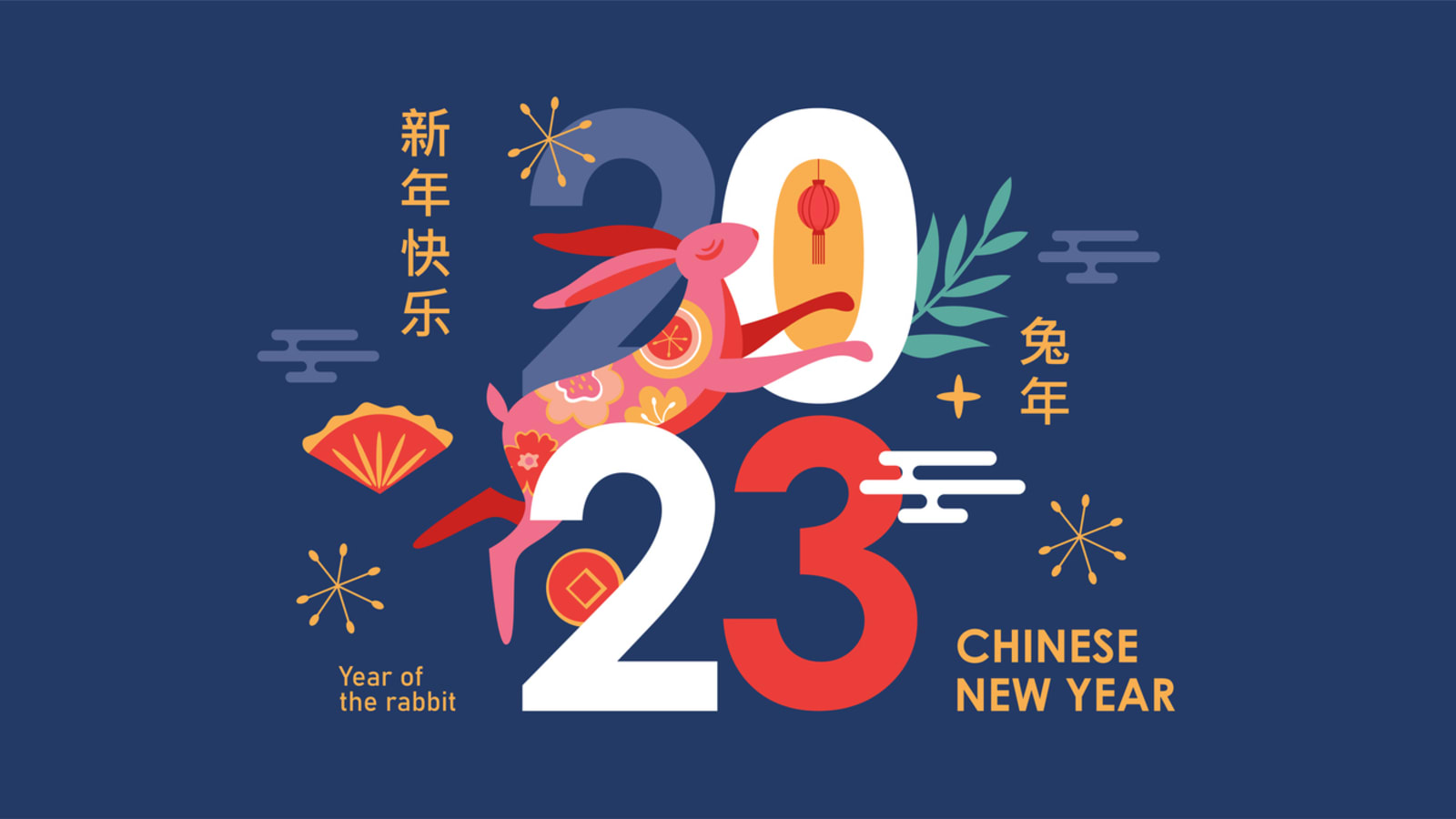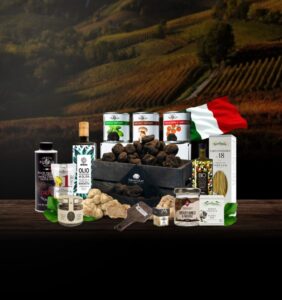
SINGAPORE: Chinese New Year is just around the corner. This is the time you might start sending out “Gong Xi Fa Cai” and “happiness, health and wealth” canned e-greetings to friends and clients, which this year is bound to come along with a hopping rabbit or two.
Don’t do it. Stop.
Before you hit the send button, think if your gesture will make your recipients feel appreciated or aggravated.
A couple of days after we entered 2023, I overheard a conversation at my favourite cafe, where a well-dressed executive was complaining about “wasting his time” having to respond to 423 spammy New Year greetings he received over WhatsApp.
“Folks whom I do not remember were sending me canned messages from 11pm all the way to 3am on New Year’s Day, keeping me awake all night with the incessant beeping,” he complained loudly. “Worst of all, I now feel obligated to respond to them via a similarly insincere e-greeting … Every single one of them!”
Did your mobile phone and inbox go crazy over the festive season? Or were you guilty of spamming your entire contact list with e-greetings? How can festive greetings be done better?
WHY IT IS NICE
On any given day, WhatsApp processes more than 100 billion messages worldwide. The platform’s ease of use has revolutionised non-face-to-face communications for everyone, especially introverts trying to minimise any form of human contact.
With emails, more than 330 billion messages are sent and received electronically daily around the world. This works out to more than 3.8 million emails sent every second.
So, it is extremely convenient for one to use WhatsApp and email to reach many people in the shortest time possible.
Sending an e-greeting reminds the other party that you are thinking of them and should elicit warm feelings for the receiver. Hence, it’s a nice gesture overall.
BUT WHY IT ISN’T
I can understand the frustration the overwhelmed executive felt as I too received a deluge of e-greetings over the New Year weekend.
I shared this phenomenon with a friend, and she said that her grouse was not about the volume of messages, but the fact that the bulk of them were not personalised. “It’s as though sending me these canned messages was merely an afterthought – an obligatory action the sender needed to get off their ‘to-do’ list. It didn’t feel warm at all.”
So, instead of “feeling the love” from the sender, she felt the opposite, with the effort coming across as being insincere.
Keep in mind too that canned e-greetings can clog up your friend’s or client’s inbox. Already, around 85 per cent of all emails are spam, don’t add to that.
HOW CAN IT BE DONE BETTER?
I still think that e-greetings are a great way to remind people that you’re still present and that you wish them well. Let’s keep that channel open. But please, let’s do it better.
How about including the recipient’s name in there, like “Dear Adrian” instead of “Hello friend”? It feels less impersonal and doesn’t take too much effort. And if personalising each message means you have less time to send your 423 e-greetings, then, maybe, try aiming for quality over quantity?
Instead of recycling animated GIFs, try writing a short but personalised message that will go a long way in showing the other party you actually care about them? “I hope your kids will enjoy the new school year ahead”, or “I hope you had fun on your golfing trip last month” – these sort of messages show you listen and remember little titbits of conversations you’ve previously had with them.
Better still, raise your game another level by sending them a personally signed physical greeting card through the mail (if you can still remember how it’s done).
But if you really want to “spoil the market”, how about recording individualised voice messages (with Chinese New Year music in the background?) and send it as a voice message to your friends. Sometimes, it’s really nice to hear your voice, especially if you haven’t spoken to the other person in a while.
And for the really special people in your life, consider creating personalised videos of yourself in your New Year regalia, oranges and all, sending them goodwill wishes?
Okay, the last idea is a bit extreme, but the point I am making is that we are only limited by our own creativity and if we really want the recipient to feel special, we need to make the effort instead of just forwarding WhatsApp stickers.
GONG XI FA CAI
As the Chinese New Year season swings around, I’m certain I’ll be receiving another deluge of canned e-greetings. Honestly, I do look forward to all of them.
But this year, let me do my part in reducing the spam volume and instead of mass-messaging hundreds of ready-made Gong Xi Fa Cai GIFs, let me wish everyone here, a prosperous year of the Water Rabbit ahead.
There … no more messaging from me.
Adrian Choo is the CEO and founder of Career Agility International, a career strategy consultancy.

